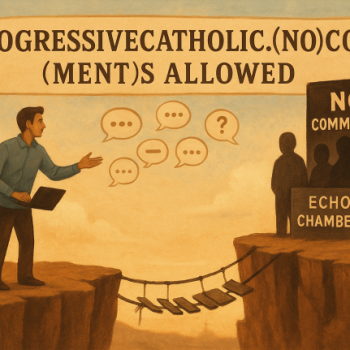GODSTUFF:
PATRICK: SNAKE WRANGLER OR JUST A SAINT?
MALIN HEAD, County Donegal — Standing here at the northernmost point in all of Ireland, with a gale-force wind whipping my hair across my face in penitent lashes, I couldn’t help thinking of my second-favorite place on Earth.
Malin Head, for some odd reason — perhaps because it is such a broody, dramatic place, or maybe it’s got something to do with ancestry, or both — is the place I love most. It’s a wild land, the kind where myths are born, where giants and saints might come bounding over the next hillock followed by a troupe of little people or a herd of magical sheep.
Whatever power this place holds, I love it and have returned time and again, like water to the shore.
Which reminds me of my second-favorite spot on this planet of ours, St. Kitts. Like Ireland, it’s an island with palm trees, eccentric denizens and a fondness for cocktails. Unlike Ireland, its breezes, though occasionally gale-force, are usually balmy and tropical.
St. Kitts — named for St. Christopher, patron saint of travelers — is in the West Indies. In the last six weeks, I’ve been blessed to have visited both of my beloved islands.
Trying to connect the dots between one passion in my life and another is something of a spiritual practice. So, as I drove away from Malin Head toward my B&B a few hours away, I worked on following the bread crumbs from St. Kitts to Ireland, St. Patrick’s island.
It was then that I realized what the two disparate locations really had in common: snakes.
Actually, no snakes.
In St. Kitts, some clever sugar plantation owners imported the mongoose long ago to get rid of the slithery creatures that menaced their workers. And their plan worked brilliantly. So despite a lush rain forest with serpentine mangrove roots galore, there are no snakes on St. Kitts.
In Ireland, well, we all know the story of how St. Patrick drove the snakes from the Emerald Island.
But is that really true?
Surely there are many reasons to venerate St. Patrick, Ireland’s patron. Unfortunately, according to the folks I talked to this week, snake wrangling is not one of them.
“It can’t be historically true,” said Joseph Kelly, chairman of the religious studies department at John Carroll University in Cleveland. “In the 3rd century, a Roman writer named Solinus wrote an account of the wonders of the world. And he mentioned off in the Western Sea there is an island called Hibernia, and one of the amazing things about Hibernia is there are no snakes there. There weren’t any snakes for Patrick to drive out.”
St. Patrick didn’t arrive on the scene until the middle of the 5th century, by most accounts.
“There were never any snakes in Ireland to begin with,” said Philip Freeman, chairman of the classics department at Luther College and author of the 2003 book St. Patrick of Ireland. “They never found any fossils of them. You can go to the museum of natural history in Dublin, and you won’t see a single snake fossil or skeleton.”
Apparently, the tall Irish tale of St. Patrick driving the serpents from Hibernia (aka Ireland) was a spiritual metaphor for running the old pagan ways out of town, he said.
“It was meant to be symbolic,” Kelly said. “Ever since the ancient Jews began to interpret the serpent in the Garden of Eden as Satan, the serpent has been a traditional symbol for evil.”
Even the ancient Sumerian “Epic of Gilgamesh,” perhaps the oldest written story on Earth, speaks of an evil snake that steals eternal life from the hero.
Whether it’s preternatural hard-wiring or not, I really don’t like snakes. It’s not that I’m afraid of them. I find them repellent, which, I realize, is no fault of the snake.
My mother tells a story of taking me to the zoo when I was about a year old, walking into the reptile house and me going absolutely hysterical, wailing in her arms until she took me away from the snakes.
I’m not really sure what that was all about — I didn’t know the story of the Garden of Eden yet, and my parents weren’t fearful of snakes. I just loathe them.
“There is something about them — their sinuous movement, how it is that they move across the terrain,” said W. Paul Williamson, a psychology professor at Henderson State University in Arkansas who studies Christian sects that handle snakes as a part of their worship. “It’s awesome in some ways, but in other ways, there’s that repulsion that you yourself describe.”
Because snakes shed their skins, some faith traditions think of serpents as symbols of eternal life. And then, of course, there are some schools of psychology that say the serpent represents a phallus, Williamson offered.
Nope, I’m pretty sure that’s not my problem.
“Well, there is such a thing as ophidiophobia — the fear of snakes,” he said.
Let’s just chalk it up to that.
And here’s wishing you a joyful St. Patrick’s Day, free from all serpents, real or metaphorical.















